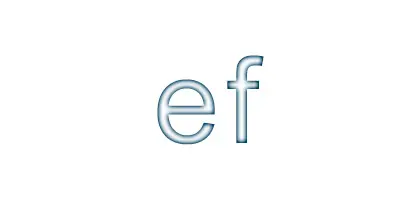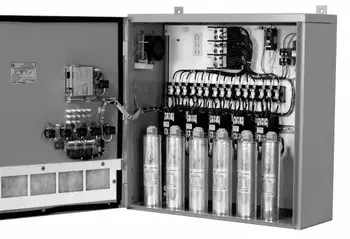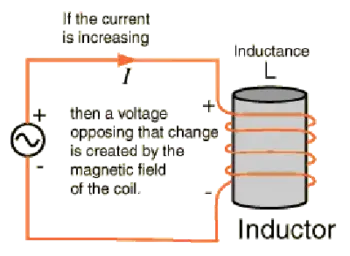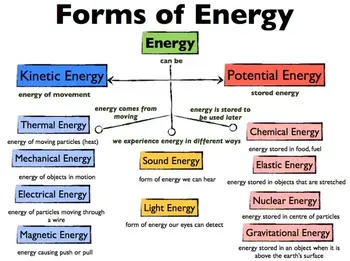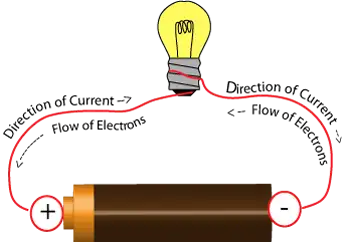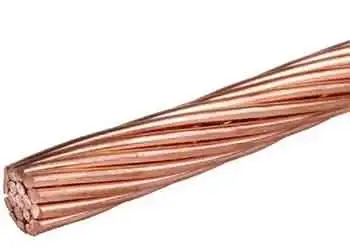What is Electricity?
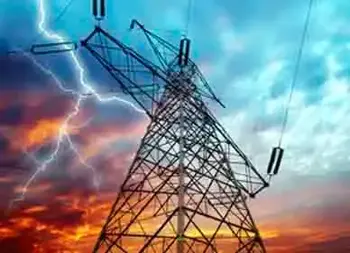
Electricity is not only an essential part of nature. It is also one of the most widely used forms of energy. In addition to naturally occurring in the form of lightning or static electricity, it is also a manufactured product, created in an electrical generator, flowing from there through wires to where it is consumed.
Electricity is the flow of electrical power or charge through a conductor. Copper wires are good conductors of electric current.
The power we use is a secondary energy source because it is produced by converting primary energy sources such as coal, natural gas, nuclear, solar, and wind energy into electrical power. It is also referred to as an energy carrier, meaning it can be converted to other forms of energy, such as mechanical or heat.
Primary energy sources are renewable or nonrenewable, but our power is neither renewable nor nonrenewable.
Electricity use has dramatically changed daily life
Despite its great importance in everyday life, only some people probably stop to think about what life would be like without electrical power. Like air and water, people tend to take electricity for granted. But people use electricity to do many jobs every day—from lighting, heating and cooling homes to powering televisions and computers.
Before electricity became widely available about 100 years ago, candles, whale oil lamps, and kerosene lamps provided light, iceboxes kept food cold, and wood-burning or coal-burning stoves provided heat.
Scientists and inventors have worked to decipher the principles of electricity since the 1600s. Benjamin Franklin, Thomas Edison, and Nikola Tesla made some notable accomplishments.
Benjamin Franklin demonstrated that lightning is electricity. Thomas Edison invented the first long-lasting incandescent light bulb.
Before 1879, direct current (DC) electricity had been used in arc lights for outdoor lighting. In the late 1800s, Nikola Tesla pioneered the generation, transmission, and use of alternating current (AC) electricity, which reduced the cost of transmitting electrical power over long distances. Tesla's inventions brought electricity into homes to power indoor lighting and factories to power industrial machines.
Electrical power is the flow of electrically charged particles (such as electrons or protons), either statically as an accumulation of charge or dynamically as an electrical current. All matter comprises atoms, and an atom has a center called a nucleus. The nucleus contains positively charge electricity particles called protons and uncharged particles called neutrons.
The nucleus of an atom is surrounded by negatively charged particles called electrons. The negative charge is measured as electrons moved equal to the positive charge of a proton, and the number of electrons in an atom is usually equal to the number of protons.
When the balancing force between protons and electrons is upset by an outside force, an atom may gain or lose an electron. When electrons are "lost" from an atom, the free movement of these electrons constitutes an electric current.
Power is a basic part of nature and one of our most widely used forms of energy. We get power, a secondary energy source, from the conversion of other energy sources, like coal, natural gas, oil, nuclear power and other natural sources, which are called primary sources. Electric utilities keep power flowing 4 hours daily to a nation thirsty for electricity.
Many cities and towns were built alongside waterfalls (a primary source of mechanical energy) that turned water wheels to perform work. Before power generation began slightly over 100 years ago, houses were lit with kerosene lamps, food was cooled in iceboxes, and rooms were warmed by wood-burning or coal-burning stoves.
Beginning with Benjamin Franklin's experiment with a kite one stormy night in Philadelphia, the principles of power gradually became understood. Then, in the mid-1800s, Thomas Edison changed everyone's life -- he perfected his invention -- the electric light bulb. Before 1879, power had been used in arc lights for outdoor lighting. Edison's invention used power to bring indoor lighting to our homes.
HOW IS A TRANSFORMER USED?
To solve the problem of sending power through circuits over long distances, George Westinghouse developed a device called a transformer. The transformer allowed power to be efficiently transmitted over long distances. This made it possible to supply power to homes and businesses far from the electric generating plant.
Despite its great importance in our daily lives, most of us rarely stop to think about what life would be like without power. Yet, like air and water, we take power for granted. Every day, we use power to do many functions, from lighting and heating/cooling our homes to being the power source for televisions and computers. Power is a controllable and convenient form of energy used in heat, light and power applications.
Today, the United States (U.S.) electric power industry is organized to ensure an adequate power supply is available to meet all demand requirements at any given instant.
WHAT IS ELECTRICITY? HOW IS POWER GENERATED?
An electric generator is a device for converting mechanical kinetic energy into electrical energy in a power station. The process is based on the relationship between magnetism and power. When a wire or any other electrically conductive material moves across a magnetic field, an electric current occurs in the wire. The large generators used by the electric utility industry have a stationary conductor.
A magnet attached to the end of a rotating shaft is positioned inside a stationary conducting ring wrapped with a long, continuous piece of wire. When the magnet rotates, it induces a small electric current in each wire section as it passes. Each section of wire constitutes a small, separate electric conductor. All the small currents of individual sections add up to one current of considerable size. This current is used for electric power.
HOW IS IT MEASURED?
Power is measured by electric fields in units of power called watts. It was named to honour James Watt, the steam engine inventor. One watt is a minimal amount of power. For example, it would require nearly 750 watts to equal one horsepower regarding the amount of electric potential energy.
A kilowatt represents 1,000 watts. Therefore, a kilowatt-hour (kWh) equals the energy of 1,000 watts working for one hour.
The amount of power a power plant generates or a customer uses over some time is measured in kilowatt-hours (kWh). Kilowatt hours are determined by multiplying the number of kW required by the number of hours of use. For example, if you use a 40-watt light bulb 5 hours a day, you have used 200 watts or .2 kilowatt hours of electrical energy.
Electric Power in General
Traditional electric utilities in the United States are generating electric power at tremendous rates. They are responsible for ensuring an adequate and reliable electrical energy supply to all consumers at a reasonable cost. Electric utilities include investor-owned, publicly owned, cooperatives, and Federal utilities.
Power marketers have also considered electric utilities--these entities buy and sell power but usually do not own or operate generation, transmission, or distribution facilities. Local, State and Federal authorities regulate utilities.
The electric power industry is evolving from a highly regulated, monopolistic industry with traditionally structured electric utilities to a less regulated, competitive industry. The Public Utility Regulatory Policies Act of 1978 (PURPA) opened up competition in the generation market by creating qualifying facilities. The Energy Policy Act of 1992 (EPACT) removed some constraints on ownership of electric generation facilities and encouraged increased competition in the wholesale electric power business.


